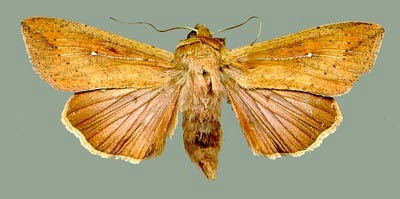|
|
 |
| Fig. 1. Black cutworm moth. |
A service of the University of Kentucky, College of Agriculture, Food and Environment. Updates are provided by Extension faculty with responsibilities for management of corn, soybean and small grains.
|
|
 |
| Fig. 1. Black cutworm moth. |
 |
| Figure. 1. Armyworm moth |